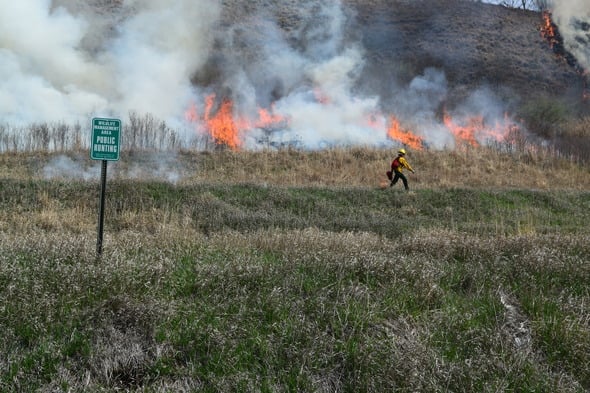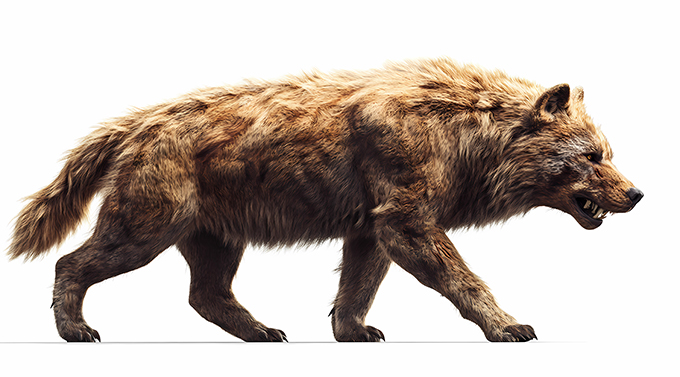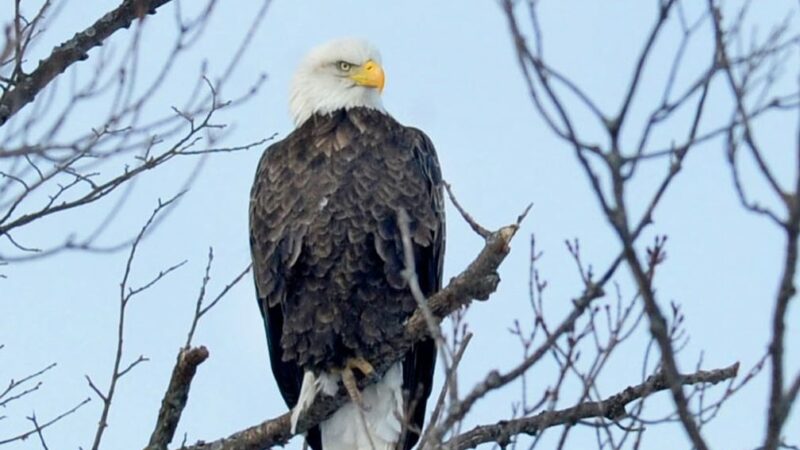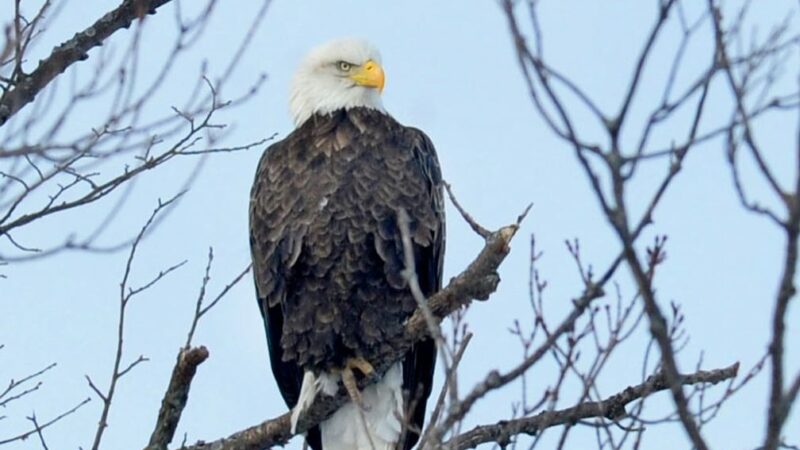Well designed, actively managed CRP benefits pheasants and more – Outdoor News

Smoke plumes on the horizon is evidence that its peak season for annual prescribed fire across Iowa.
Prescribed fire is the most cost-effective way to manage land enrolled in the Conservation Reserve Program (CRP), providing ecological benefits to native plantings which in turn, benefit wildlife, and in particular, pheasants.
“Managing CRP is important in order to maintain quality habitat for pheasants, namely the brood rearing and nesting cover it provides,” said Todd Bogenschutz, upland wildlife biologist for the Iowa Department of Natural Resources (DNR). “And ideally that will take place before May 1, when we get into nesting season, but if that’s not possible, then hopefully the burn plan will leave some habitat to allow pheasants to relocate.”
Disking or disking and inter seeding are also management options, but neither are as fast or cost effective as fire.
To maximize benefits, the CRP field should incorporate a portion of the area dedicated to winter cover, like switchgrass and or shelterbelts, in addition to a well-placed food plot. Shelterbelts are a mix of shrubs and conifers – preferably four rows of each – that provide an escape during harsh winters, where the birds can loaf and have thermal cover, away from predators and out of the weather.
“Research by Iowa State shows that eight rows of shrubs and conifers can stand up to the worst Iowa winter. As far as the species of shrubs, pheasants care more about the shrub structure than the species, but we encourage natives, like wild plums or ninebark or dogwoods,” he said. “The shrubby plants should be less than 15 feet tall, to avoid being a raptor perch.”
MORE COVERAGE FROM OUTDOOR NEWS:
Ralph Loos: DNR deer managers still mulling more Restricted Archery Zones in Illinois
White bass fill the void after Ohio’s spring walleye run
Legislative inaction leaves crab fishery unprotected in New York
The Iowa DNR’s State Forest Nursery in Ames has a selection of native conifers and shrubs available for order online.
“Ideally, the food plots would be located adjacent to the shelterbelt – think of it like putting the kitchen next to the bedroom. Pheasants can move to and from the food plot with minimal exposure,” he said. “Pheasants Forever has food plot mixes that work well. It’s also hard to beat corn. We see a lot of sorghum and soybeans as food plots – songbirds will use the sorghum, but not the soybeans, but the beans are not as tall as corn and can get buried in heavy snow.”
Food plots should be a minimum of two acres for pheasants. If deer are involved, it should be five to 10 acres, he said. Food plots can go fallow and come up in weeds for a year and will still offer the food component and habitat benefits.
“The layout works better if shelterbelts and food plots are not next to woody timber – but away from it, on the open side of the field,” Bogenschutz said.
Iowa has enjoyed a string of mild winters, which can really make the pheasant population jump, especially when followed by a warm dry spring nesting season.
“We don’t really know when the bad winters are coming, but need to be prepared. We have to keep the hens alive through the bad winters, because dead hens don’t nest in the spring,” he said. “The twelve inches of rain we received last spring is hard to manage for, but we can put the quality habitat on the landscape and hope for the best.”
Quality CRP benefits other species as well, like songbirds and pollinators, and snakes and salamanders, if water is nearby. In north central Iowa, deer will use CRP to bed down. It also serves as nesting sites for ducks and Canada geese, and can help to improve water quality by reducing runoff and erosion.
“Our primary ecosystem was prairie, and CRP will benefit our native wildlife species,” he said.
Information on CRP and how to manage it is available from the Iowa DNR’s Wildlife staff and private lands staff, USDA – Farm Service Agency, Pheasants Forever and USDA Service Centers, or online.
A century of pheasant hunting
The Iowa DNR and Pheasants Forever are celebrating 100 years of pheasant hunting in the Hawkeye State.
The first season was held Oct. 20-22, 1925, when 13 counties in north central Iowa were opened to pheasant hunting. Hunters were allowed a three-rooster limit, for a half-day of hunting. An estimated 75,000 hunters participated.
Hunters can commemorate the 100th anniversary by purchasing a hard card featuring Iowa Pheasants Forever Print of the Year when they purchase their 2025 hunting and fishing licenses.
Information on places to hunt, the August roadside survey results and more is available online by clicking the 100 Years of Pheasant Hunting graphic at www.iowadnr.gov/pheasantsurvey.






